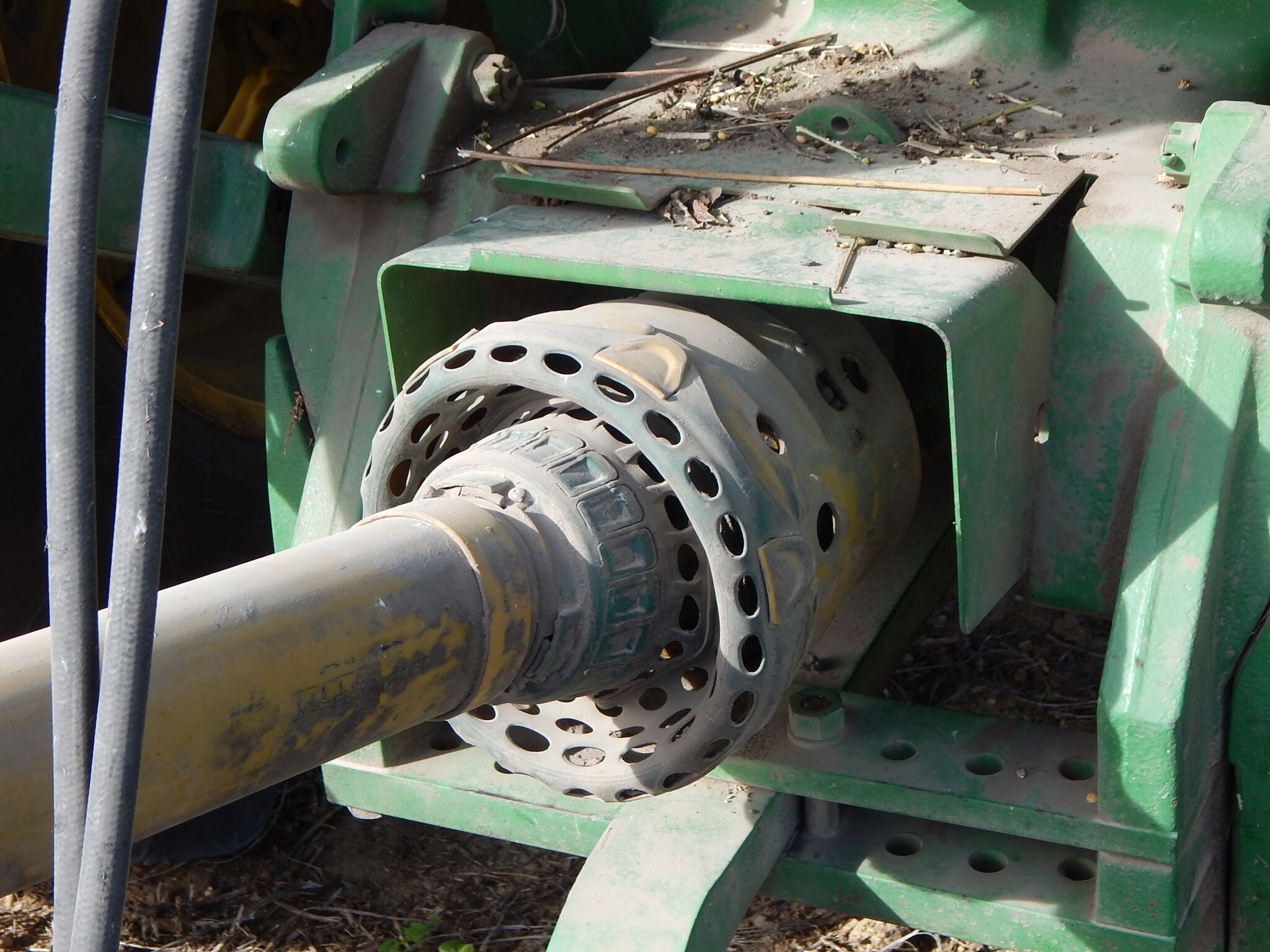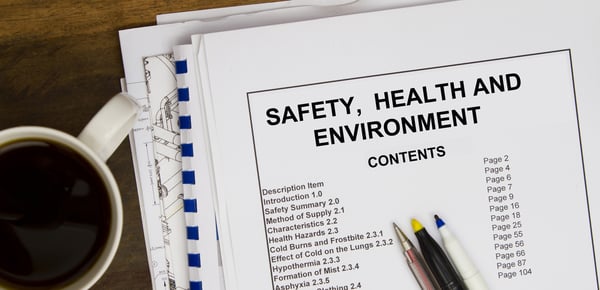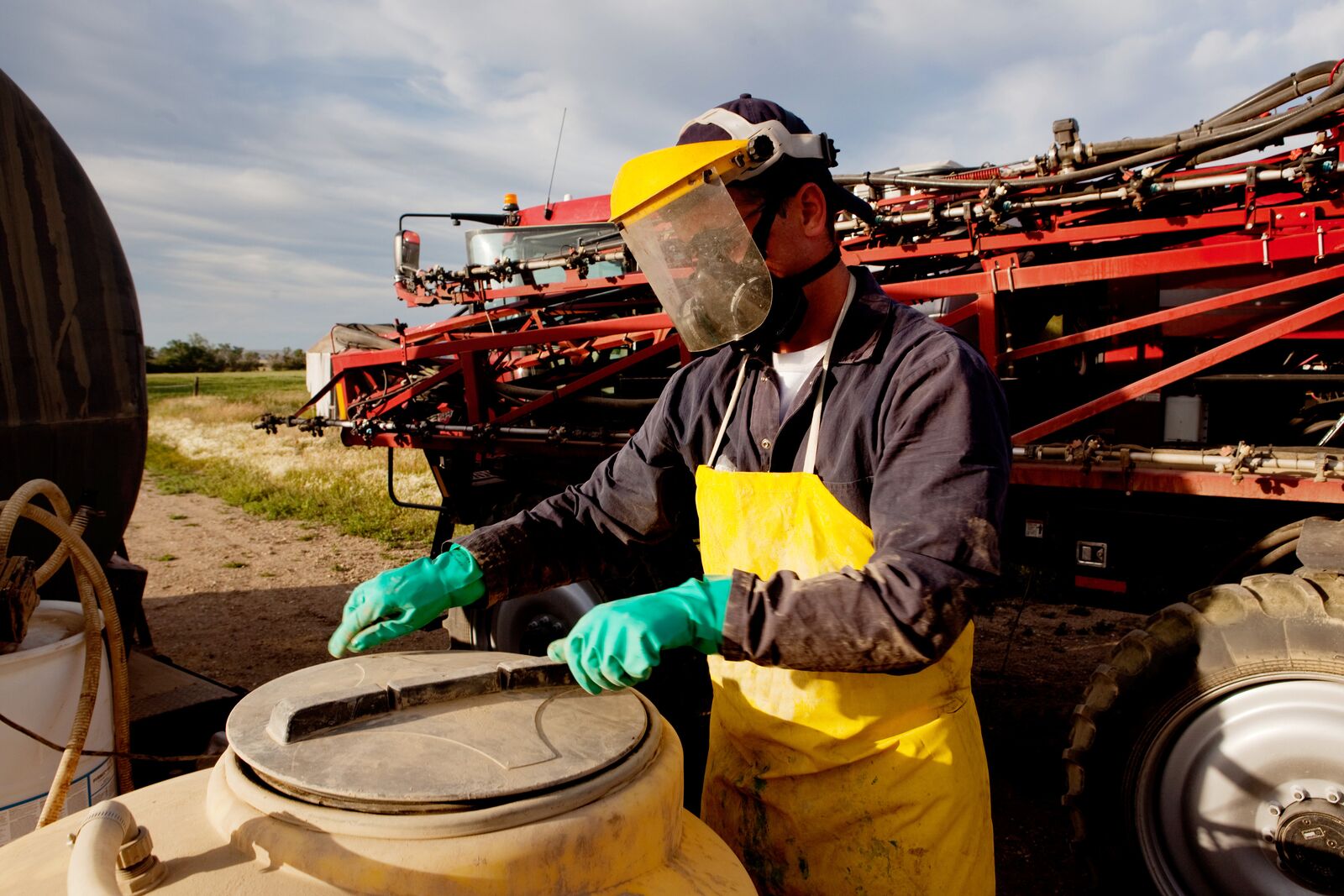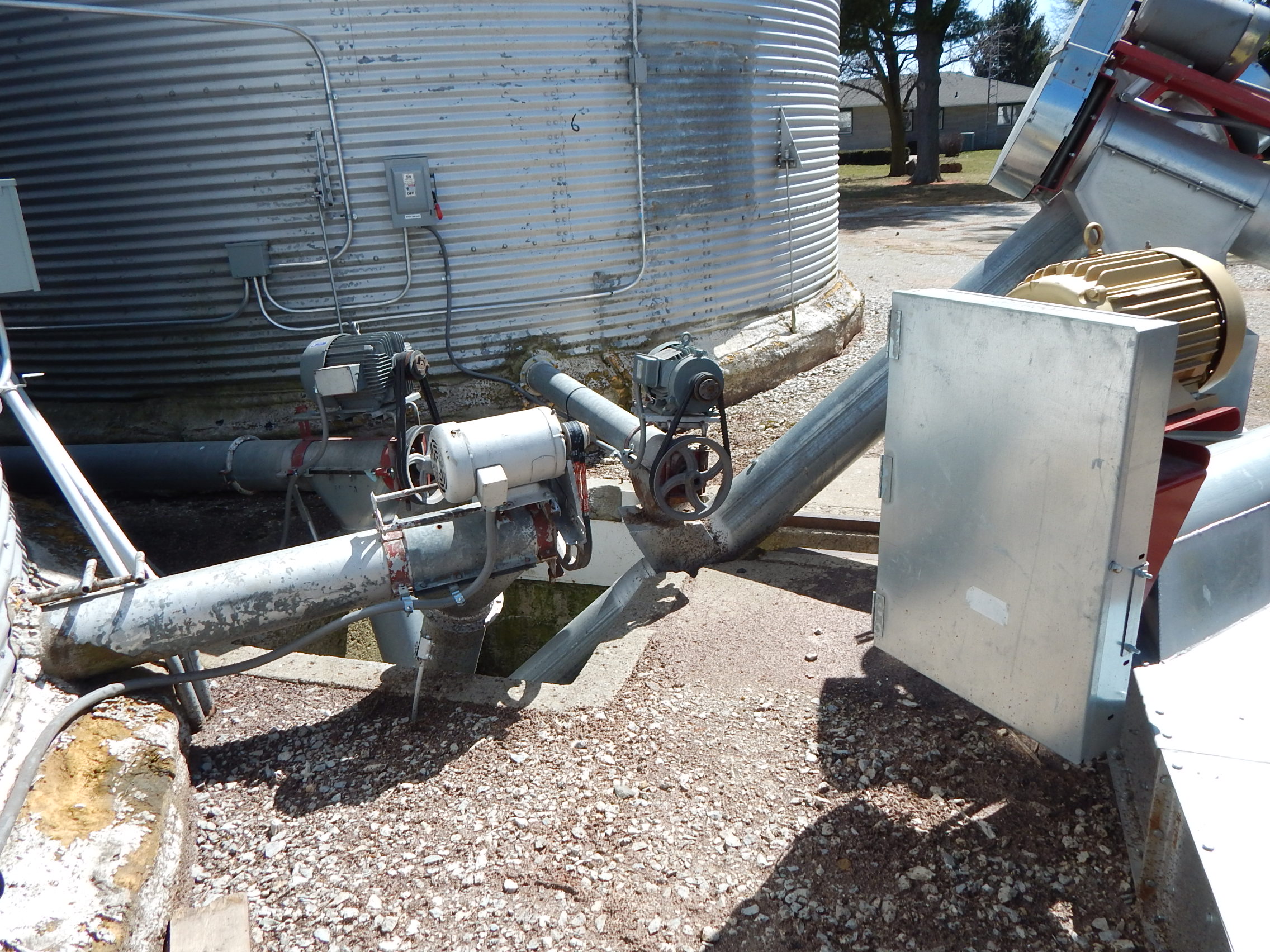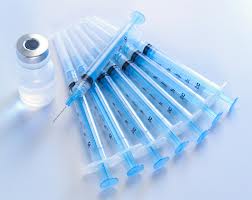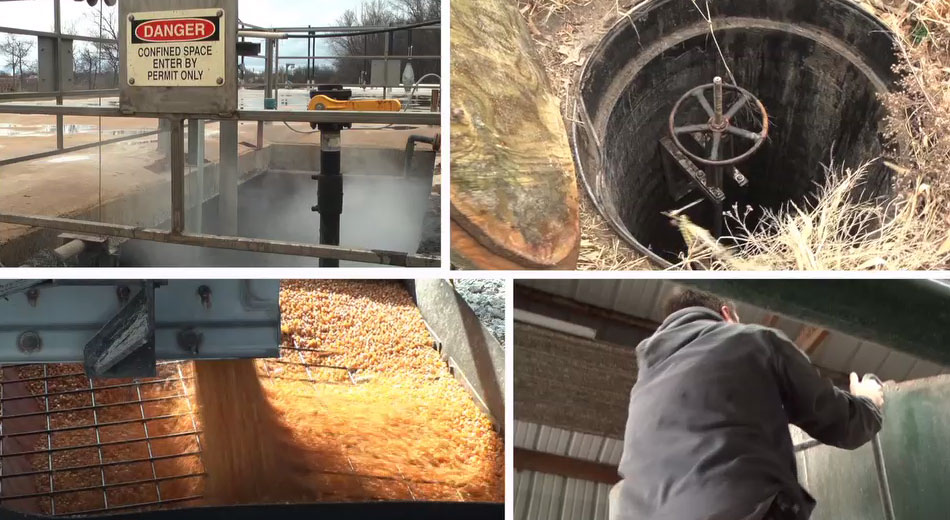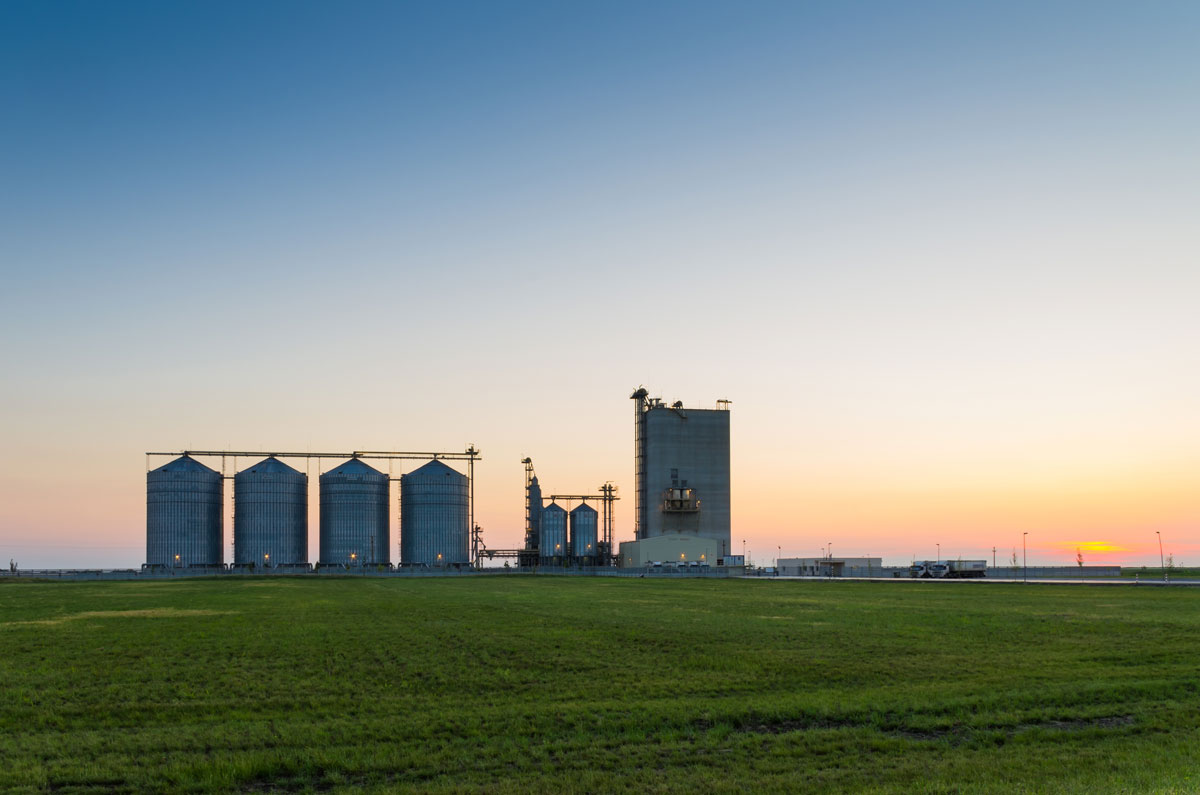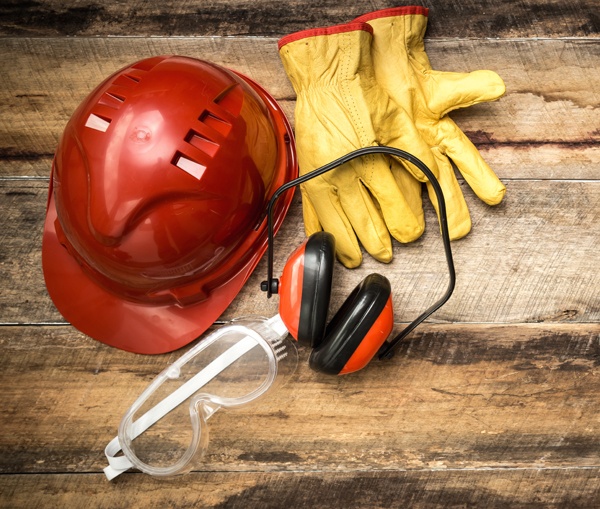Employees and seasonal workers come from many sources to be employed in the agricutural industry. Many agricultural workers have had no exposure to the agricultural workplace. Regardless of how workers come to work for you, all workers need to know how to do their jobs safely.
Topics: machine guarding (PTOs/augers), agriculture, hazard communication, farm
Every farm needs an ag-safety program that complies with OSHA regulations, and your boss selected you to lead the project. You are definitely up for this new challenge. Although you know how important safety and health are to the longevity and success of the farm, you see just one, small problem—you don’t have time to become an OSHA expert.
Topics: safety training program, OSHA law & compliance, agriculture
HERBICIDE PROGRAMS ARE CHANGING-DID YOU PREPARE TO CHANGE WITH IT?
Herbicide programs are changing from a single herbicide to a multiple herbicide mix for combating weed resistance. Multi-herbicide tank mixes require growers to be familiar with even more Safety Data Sheets (SDS) to understand all safety precautions involved. After assessing SDS sheets, plan ahead to assure you have plenty of personal protective equipment (PPE) "on hand" to get you through the season.
Topics: agriculture, chemicals, personal protective equipment (PPE)
Working in confined spaces is an unavoidable part of running many agriculture operations. Whether it be a manure pit, silo, grain bin, fertilizer tank, or another building, the nature of the structure presents a risk of death or significant injury due to suffocation or poisoning. We’ve all heard stories of those who have lost their lives from working inside a confined space – and too often the lives of their rescuers.
Topics: confined spaces, grain bins, agriculture
Important components of ag safety are knowledge and information. Knowing the pharmaceuticals being used on your farm today and knowing how to administer them is key to protecting farm workers, animals, consumers and environment. Today's medicines and chemicals are safer but only if the label instructions and manufacturer recommended safety precautions are followed.
Topics: pharmaceutical handling, agriculture
Farm Safety Training In-Depth: Keeping Confined Spaces Workers Safe
Chances are good your agriculture operation has buildings or structures that are considered to be confined spaces. OSHA defines a confined space as: large enough for an employee to enter fully and perform assigned work; not designed for continuous occupancy by the employee; and has a limited or restricted means of entry or exit. In practical terms this typically includes structures such as manure pits, silos, grain bins, and fertilizer tanks, among others. In most cases these structures are also considered to be permit-required confined spaces.
Topics: confined spaces, agriculture
Vendors, processors, retailers, lenders and other allied industry in agriculture are requiring more and more audits of our production practices. One request that is becoming more common is verification that growers and producers of commodities are providing Safety Training to their employees. Though this is somewhat new to agriculture, these requests are accelerating. It isn’t just OSHA that is interested in validating your training practices. These entities see it as another area that they can assure their customers that the food they eat is produced in a sustainable, environmentally-friendly and employee-friendly manner.
Topics: safety training program, OSHA law & compliance, agriculture
Agriculture is a dangerous industry. Fortunately, there are lots of ways to make it safer. Below are a few examples of good practices that will make your operation safer.
Topics: safety culture, agriculture
One moment you are having a casual chat with a co-worker over lunch. Suddenly, she grasps her throat and begins to turn blue. What do you do?
Topics: first aid, safety training program, agriculture, farm
With so few official OSHA training regulations for agriculture, you might think that you have covered all your bases in your farm-safety training and meeting OSHA's training requirements. On the contrary, staying current on all OSHA requirements is an ongoing project for you and your safety team.
Safety issues must become a top priority. That means creating a strategy that safeguards your employees’ and managers’ safety and fosters a solid expectation for everyone’s complete compliance with OSHA guidelines. These goals will help establish the foundation of a safety culture that, in turn, could lead to higher productivity and profits for your farm.
Topics: OSHA law & compliance, agriculture

